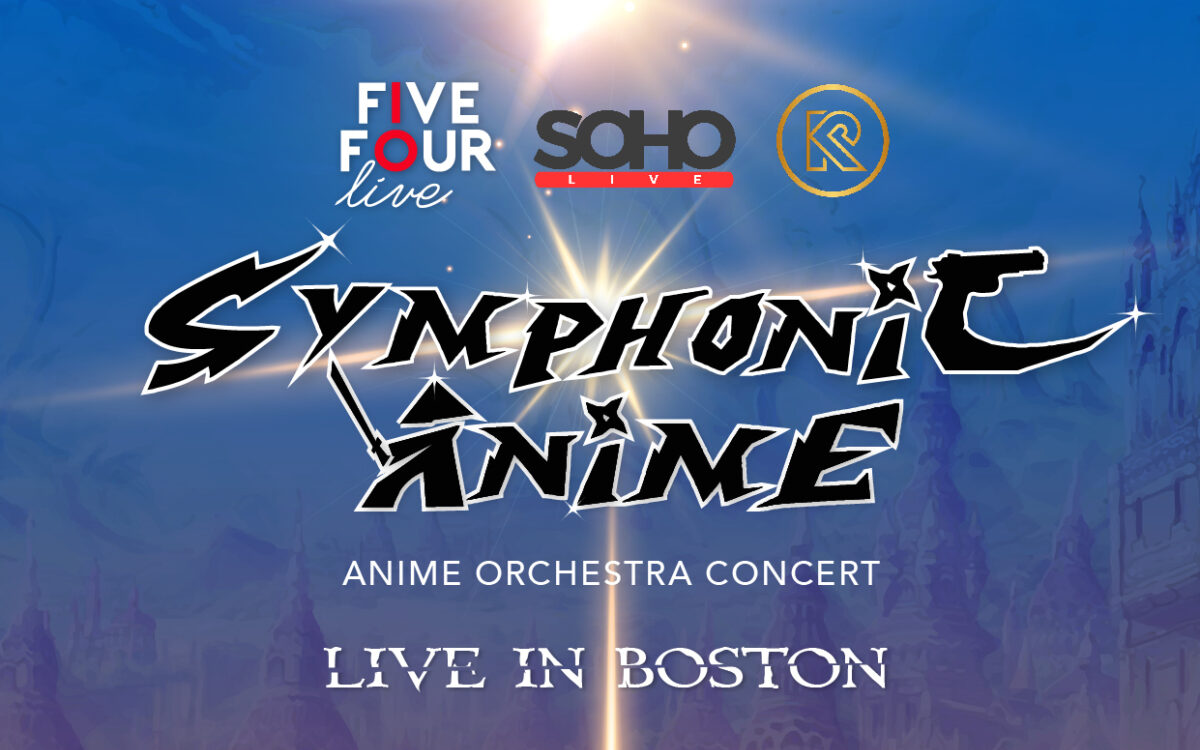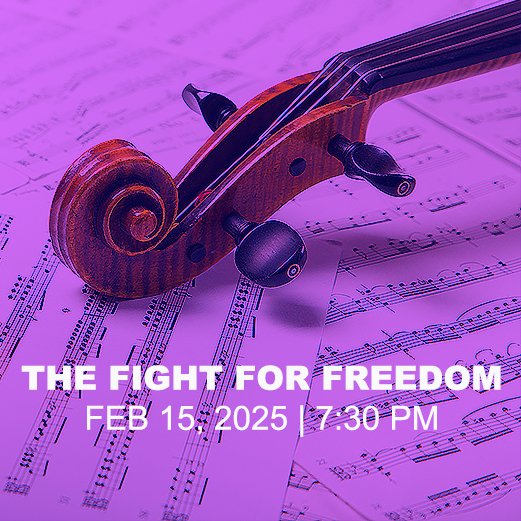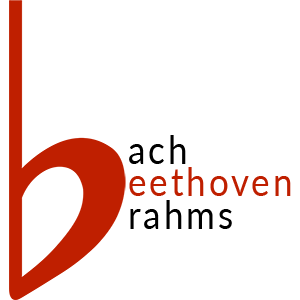Holly on our November program with the Lexington Symphony
[Editor’s Note: Today we’re delighted to post a piece which our artistic director Holly MacEwen Krafka wrote for the Lexington Symphony. Rehearsals for this wonderful program start on October 20.]
As the Artistic Director of New World Chorale, I can tell you that we are thrilled and excited for the opportunity to collaborate once again with the fantastic Lexington Symphony Orchestra. Our first collaboration was back in 2008, the Mozart Requiem. We knew right away that Lexington Symphony was a very special orchestra, and getting to sing in historic Cary Hall was a thrill. We have continued to work with Lexington Symphony on other fantastic projects such as the stunning Mahler 8th Symphony in November of 2010 and the Debussy Nocturnes and Holst Planets in 2011. Now we return with two pieces seemingly different in style and context: the familiar Beethoven Symphony No. 9 and the lesser-known Vaughan Williams Dona Nobis Pacem. Both present challenges for both the orchestra and chorus.
Beethoven 9 is familiar to audiences everywhere, and there is always the challenge of being relevant when taking an old “war horse” and making it fresh and appealing. This piece presents tremendous range and stamina challenges for the chorus. It is not undertaken lightly. One truly needs to be in top vocal form to bring the artistry and intensity needed to this beloved piece.
The Dona Nobis Pacem of Vaughan Williams is a stunning combination of texts from the Mass, 3 poems by Walt Whitman, parts of a political speech, and the Bible. It was written in 1936 as Williams’ plea for peace, in hope that humanity might have learned from the carnage of World War I. Choruses have the “burden and privilege” of delivering the text which is quite a challenge in this particular piece. The Whitman poetry is at once chilling and haunting as in the third movement: “word overall, beautiful as the sky, beautiful that war and all its deeds of carnage must in time be utterly lost.” This piece is as relevant and timeless as when it was written and, sadly, is as needed today in our war torn world.
I love the combination of these two pieces on one program. Beethoven’s Symphony No. 9 – an ode to joy, and the Vaughan Williams Dona Nobis Pacem – a plea for peace. What could be more contemporary, appropriate, and needed at this time? These two pieces allow the orchestra and symphonic chorus to do what they do best: speak to and communicate the timeless and universal concepts of joy and peace. They are as needed today as the day they were written.





